California
Discover California: Culture, Nature, History & More
Reel in the Adventure: The Ultimate Traveler’s Guide to Sportfishing in Baja California, Mexico — With Quirky Tips & Jaw-Dropping Fun Facts!
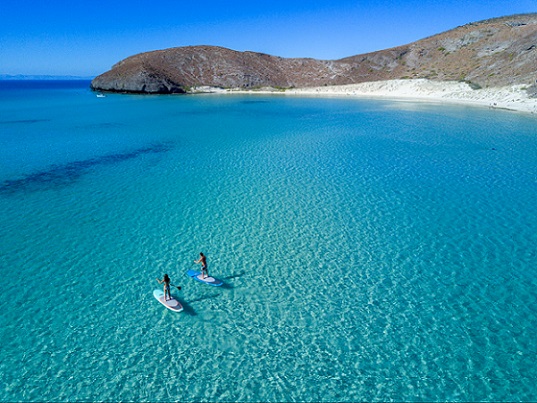
Where the ocean roars, the marlin soar, and your vacation becomes legendary.
Forget lazy afternoons with a bamboo pole and a folding chair.
In Baja California, Mexico, specifically the sizzling shores of Cabo San Lucas and the mystical Sea of Cortez, sportfishing isn’t a pastime.
It’s a full-throttle, adrenaline-pumping, story-for-life kind of adventure. Whether you’re a seasoned angler or just tagging along for the margaritas (no judgment), this guide will hook you with everything you need to know, plus some weird, wild, and wonderful tips you won’t find anywhere else.
Why Baja? The Fishing Holy Land
Baja California isn’t just good for fishing, it’s world-famous for it. The convergence of warm Pacific currents and the nutrient-rich Sea of Cortez creates a marine buffet that draws the ocean’s most majestic (and feisty) predators:
- Blue Marlin – The crown jewel. Think half-ton beasts that leap like aquatic dragons.
- Black & Striped Marlin – Sleek, speedy, and stubborn.
- Sailfish – The cheetahs of the sea, with dorsal fins like billowing sails.
- Dorado (Mahi-Mahi) – Neon-colored acrobats that fight like fury.
- Wahoo & Yellowfin Tuna – Speed demons built for battle.
- Roosterfish – Shore-fishing royalty with a comb-like dorsal fin. Yes, they look like underwater roosters.
And the Sea of Cortez? Dubbed “The Aquarium of the World” by Jacques Cousteau. Enough said.
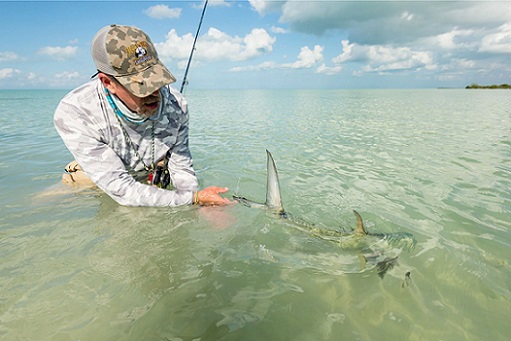
Fun Facts That’ll Make You Drop Your Rod (But Please Don’t)
1. Half-Ton Titan — The largest blue marlin caught off Baja last year? A staggering 1,100+ pounds. That’s heavier than a grand piano. Or a baby elephant. Or your in-laws’ luggage.
2. Jacques Cousteau Was Obsessed — The legendary ocean explorer called the Sea of Cortez “the world’s most biologically diverse sea.” He wasn’t exaggerating. Over 900 fish species call it home.
3. Marlin Jump Like Superheroes — When hooked, blue marlin can leap 20 feet out of the water. Bring a GoPro. Or a priest.
4. Cabo’s “Golden Gate” — The stretch between Cabo San Lucas and San José del Cabo is known as the “Marlin Alley.” It’s basically fishy Times Square during migration season (May–October).
5. Fish Get VIP Treatment — Many resorts will smoke, vacuum-seal, freeze, or even FedEx your catch home. Yes, you can mail a 200-lb tuna to Aunt Carol in Nebraska. (She’ll either love you or block your number.)
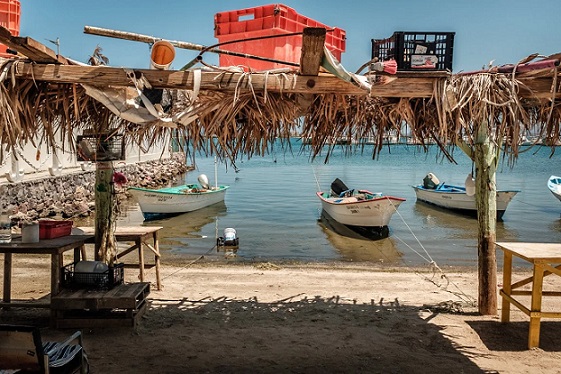
Quirky Tips for the Ultimate Baja Fishing Trip
✅ Wear Pink. Seriously.
Local legend says pink lures and shirts bring luck. Science? Dubious. But hey, if you land a 500-pounder in hot pink flip-flops, you’re basically a fishing deity.
✅ Bring Seasick Remedies (Even If You “Don’t Get Sick”)
The Pacific doesn’t care about your track record. Ginger chews, wristbands, Dramamine — pack ‘em all. Your stomach (and Instagram followers) will thank you.
✅ Tip Your Crew in Pesos AND High-Fives
Most charters have English-speaking crews who know every secret fishing hole. Tip well (15–20%), and throw in a fist bump. They’ll work harder than a caffeinated dolphin.
✅ Name Your Rod
“Sir Cast-a-lot” or “The Widowmaker” — naming your gear ups the fun. Plus, if you lose it overboard, you can hold a tiny Viking funeral. (Optional, but encouraged.)
✅ Snap a “Before & After” Selfie
Pre-fishing: sun-kissed, smiling, holding a tiny bait fish. Post-fishing: wild-eyed, salt-crusted, hugging a marlin longer than your kayak. Pure gold for the ‘Gram.
✅ Book a “Family-Friendly Charter”
Yes, the kiddos can join! Many boats have shaded lounges, snacks, and patient crew who’ll teach Junior to reel in his first dorado. Mom can sip a michelada while Dad battles a tuna. Harmony.

Beyond the Boat: What to Do When You’re Not Wrestling Marlin
Baja isn’t just about fishing, it’s a full-blown vacation wonderland:
- Snorkel with Sea Lions at Los Arcos, they’ll somersault around you like aquatic puppies.
- Play Golf with Ocean Views — Cabo’s courses are legendary (and yes, whales sometimes breach in the distance).
- Ride Horses on the Beach at sunset. Cue the romantic violin music.
- Visit the Flamingo Sanctuary in San José del Cabo — pink birds + turquoise water = Insta-perfection.
- Sip a “Cabo Wabo” at Sammy Hagar’s original cantina. Rock ‘n’ roll + tequila = vacation mode activated.
Smart Travel Hacks: Fishing Packages That Don’t Break the Bank
Many resorts and tour operators offer all-inclusive fishing packages that bundle:
- ✈️ Round-trip airfare
- 🏨 Ocean-view hotel stays
- 🎣 Full-day charters on luxury sportfishers (think AC, bathrooms, and cold cervezas)
- 🧑 English-speaking captains and crews
- 📦 Catch processing & shipping services
Pro Tip: Book during “shoulder season” (April or November) for lower rates and fewer crowds, but still epic fishing.
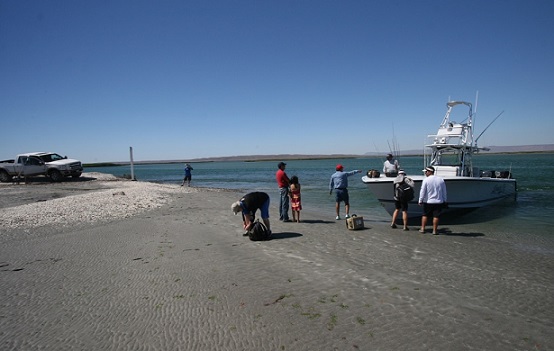
The Story You’ll Tell for Decades
Picture this: You’re 30 miles offshore, sun blazing, salt spray in your face. The reel screams. The rod bends like a question mark. And then, it jumps. A 500-pound blue marlin, glittering in the sunlight, shaking its head like Poseidon’s angry pet. Three hours later, exhausted, sunburned, and grinning like a maniac, you’re posing beside your trophy, a true leviathan of the deep.
Your friends back home won’t believe you. Your kids will think you’re a superhero. And you? You’ll already be planning your next trip.
Final Cast: Why You NEED to Go
Baja California isn’t just a fishing destination. It’s a sensory explosion, the smell of salt and ceviche, the sound of reels singing, the sight of whales breaching at sunset, the taste of fresh-grilled mahi with a lime wedge and a cold Pacifico.
Whether you come for the fight, the food, the family fun, or the sheer bragging rights, Baja delivers. Big fish. Big thrills. Big memories.
So grab your hat, your sunscreen, and your sense of adventure.
The marlin are waiting.
Tight lines and tailwinds, amigos.
Quick Checklist Before You Go:
- ☑ Book charter in advance (peak season = May–Oct)
- ☑ Pack motion sickness meds + reef-safe sunscreen
- ☑ Bring waterproof camera/phone case
- ☑ Reserve catch shipping if you want to take it home
- ☑ Learn to say “¡Qué pez tan grande!” (“What a big fish!”)
Adventure is calling. And in Baja, it sounds like a screaming reel.

Hidden Vintages: Exploring the Caves Behind California’s Finest Wines
California: What comes to mind when you think of caves? For some, it’s the thrill of spelunking—squeezing through narrow passages, crawling in absolute darkness, or confronting the eerie silence broken only by dripping water. Others might imagine damp, shadowy corners teeming with spiders and cobwebs. But caves hold another, far more luxurious secret: they are nature’s perfect cellars for aging fine wine.
For thousands of years, winemakers around the world have relied on caves to nurture their wines. The cool, constant temperatures and high humidity create an ideal environment for oak barrels and bottled sparkling wines to mature gracefully. In California, where innovation meets tradition, wine caves are not just functional—they are a testament to the harmony between nature and craftsmanship.
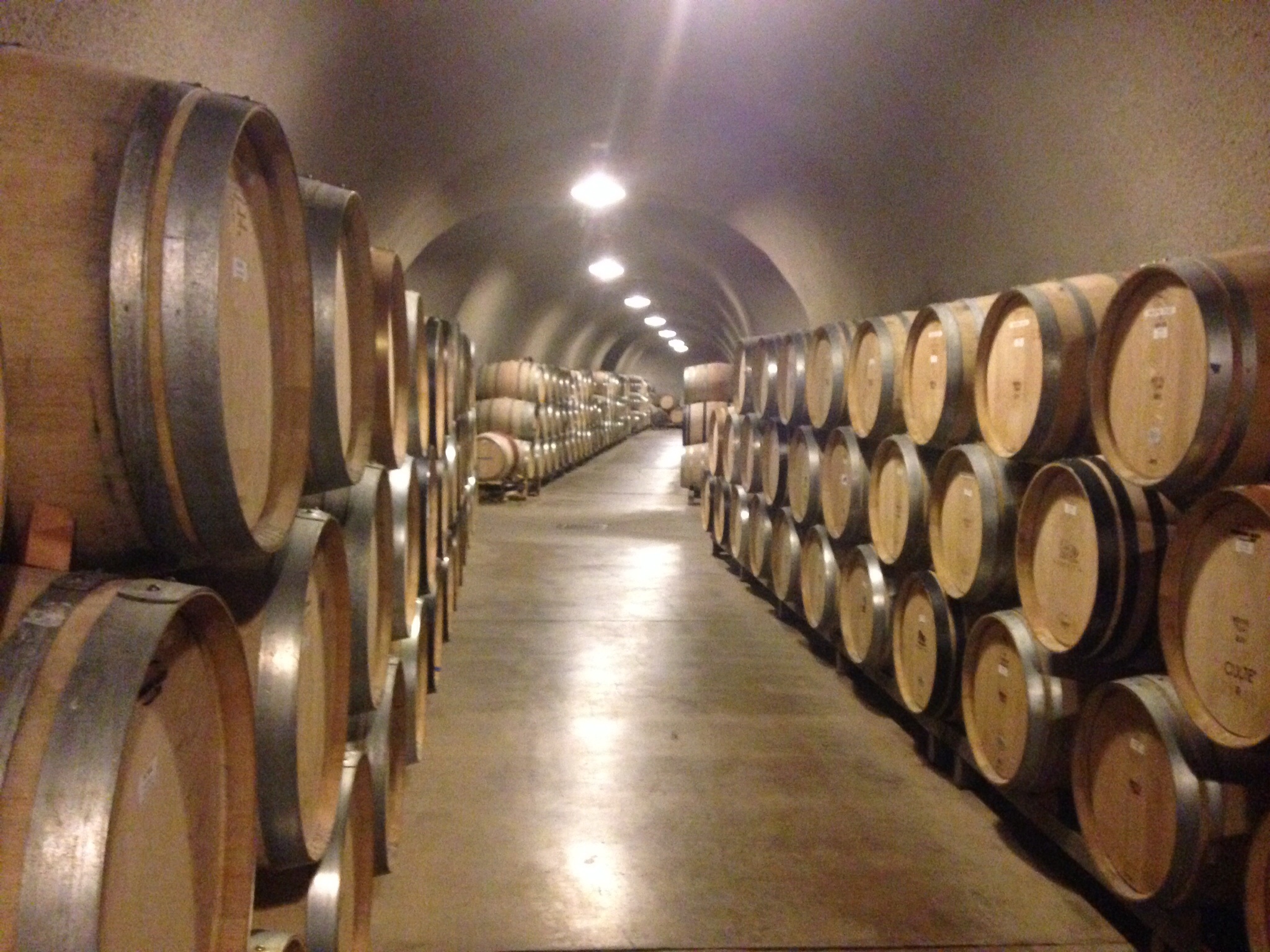
In Wine Trail Traveler’s trip to Sonoma and Napa Valleys in California, we experienced different caves. Chinese workers built some caves in the late 1800’s after their work was completed on the railroads. These workers built miles of caves with the use of picks, axes and shovels.
In contrast we also experienced caves built with modern technology such as a Welsh mining machine. The walls were then covered with shotcrete, a mixture of sandy cement and pea gravel. Some of the caves were very clean and lit by electric fixtures whether they were overhead bulbs or elegant electric wall sconces.
Other caves were darker and lit by candles or lanterns giving a romantic glow to the oak barrels lining the sidewalls. Some caves showed lichen growth hanging several feet from the ceiling.
One wonders why they were never cleaned with a broom or vacuum. We observed thousands of bottles, showing dust resting quietly for years. Early winemakers who came to the Napa and Sonoma regions in the 1800's from Europe were familiar with the use of caves. We trekked through two cave systems dating from the late 1800’s. One advantage of caves is temperature control.
The cave temperature is often constant yearlong and varies very little. It doesn’t matter if the outside temperature is 110 degrees F or 10 degrees F, a cave system can maintain an even temperature often between 57 and 64 degrees F. This cool even temperature provides an ideal aging environment for wine.
This constant temperature also provides economic benefits for a winery. Fewer resources are spent on heating or cooling a cave than a building. Often the land above a cave can be planted with grapevines. A second advantage of caves is darkness. Light can harm wines and caves are dark. This darkness is a particular advantage to sparkling wines undergoing aging in glass bottles.
Humidity control is a third advantage of a cave system. Oak barrels breathe. Some of the wine evaporates. If the humidity is high, less wine will evaporate. In some cases caves have reduced the amount of evaporation from 6% to 1%. This also is an economic bonus for a winery since less wine is needed to top off the barrels.
Although the lichen hanging from the ceiling looked eerie at one winery we visited, it actually helps to filter the air in the cave. Some wine caves have an area that can be used for special events. The atmosphere can provide a rewarding experience. All of these advantages led to an interest in constructing new caves during the 1980’s. Expect to see more wine caves constructed in the future.
Visit San Franciscos Fishermans Wharf
Newport Beach ca - Adventures At Sea
Tweet
Follow @Charlesfrize

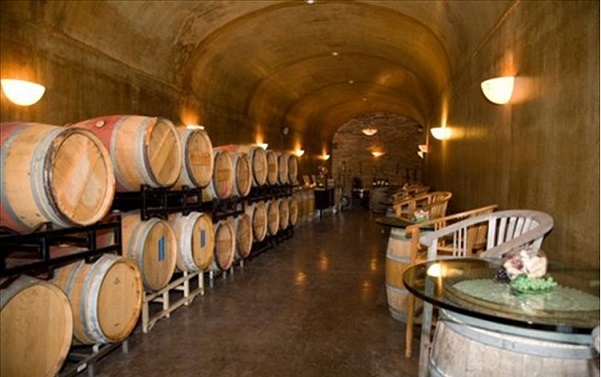


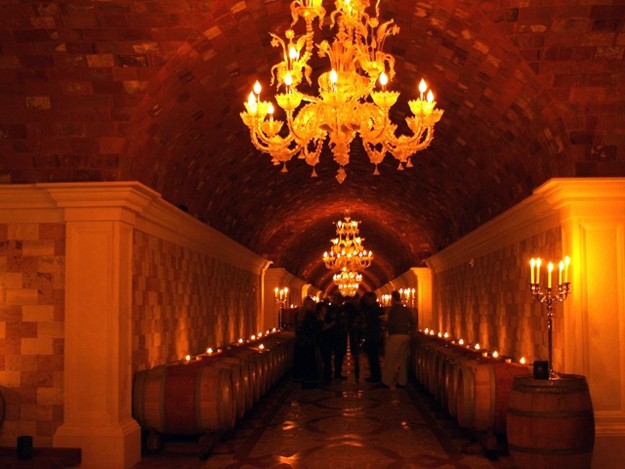






New! Comments
Have your say about what you just read! Leave a comment in the box below.